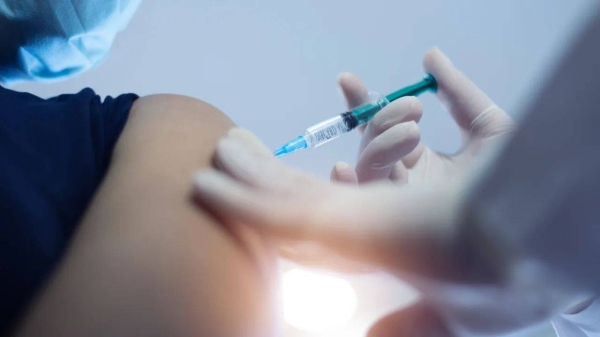
All mink farms are at risk of becoming infected with Covid-19 and spreading the virus, and staff and animals should be regularly tested, EU disease and food safety experts said on Thursday.
Mink are highly susceptible to coronavirus, which spreads rapidly in intensive farms that often breed thousands of animals in open housing caged systems (outdoor wire cages covered with a roof). Humans are the most likely initial source of infection.
Denmark, the world’s largest exporter of mink fur, announced that it would cull up to 15 million mink in November, after discovering a mutated variant of the virus that scientists feared might have jeopardised the effectiveness of future vaccines.
As of January 2021, the virus had been found at 400 mink farms in at least eight countries in the EU and European Economic Area – 290 in Denmark, 69 in the Netherlands, 17 in Greece, 13 in Sweden, three in Spain, two in Lithuania and one each in France and Italy.
While mink-related variant viruses were a risk to human health, experts from the European Food Safety Authority and the European Centre for Disease Prevention and Control (ECDC) concluded in a new report that, “so far these have not shown to be more transmissible or causing more severe impact compared to other circulating Sars-CoV-2”.
The World Health Organization warned this week that the risk of Covid-19 spreading from fur farms to humans and wildlife remained high.
EU experts have now called for weekly testing of animals at all mink farms and frequent testing of everyone in contact with the creatures to ensure the early detection of infection and reduce the risk of disease spread. As mink are usually farmed in open housing systems, the close contact between the animals may help spread infectious diseases.
A number of countries, including Denmark and Sweden, have suspended mink farming after outbreaks of Covid-19. And in the US, officials have recommended workers on US mink farms be given a Covid vaccine as a priority. Breeders expect that a vaccine, currently in development, will be available to use on mink in April or May.
Mark Oaten, CEO of the International Fur Federation, said he supported the testing of workers and mink, “as long as it is reasonable”, but he opposed weekly testing. “It might be that you do more regular testing in areas where Sars-CoV-2 has been detected, and less in areas with no infection. It is not a one-size-fits-all. It would depend on the density of farms in the area too.”
Mink producers said the price of pelts was rising despite fears around Covid-19 and calls for a ban on fur farming to reduce the risk of disease spread.
“We don’t see any further threat to the fur industry from Covid-19 and the price of pelts is rising. It is at about $30 (£21) per pelt and we expect it to be about $40 by this time next year. We are beginning to feel there may have been an overreaction in Denmark [in terms of the Covid related cull],” said Finnish fur auctioneer Magnus Ljung, the CEO of Saga Furs.












